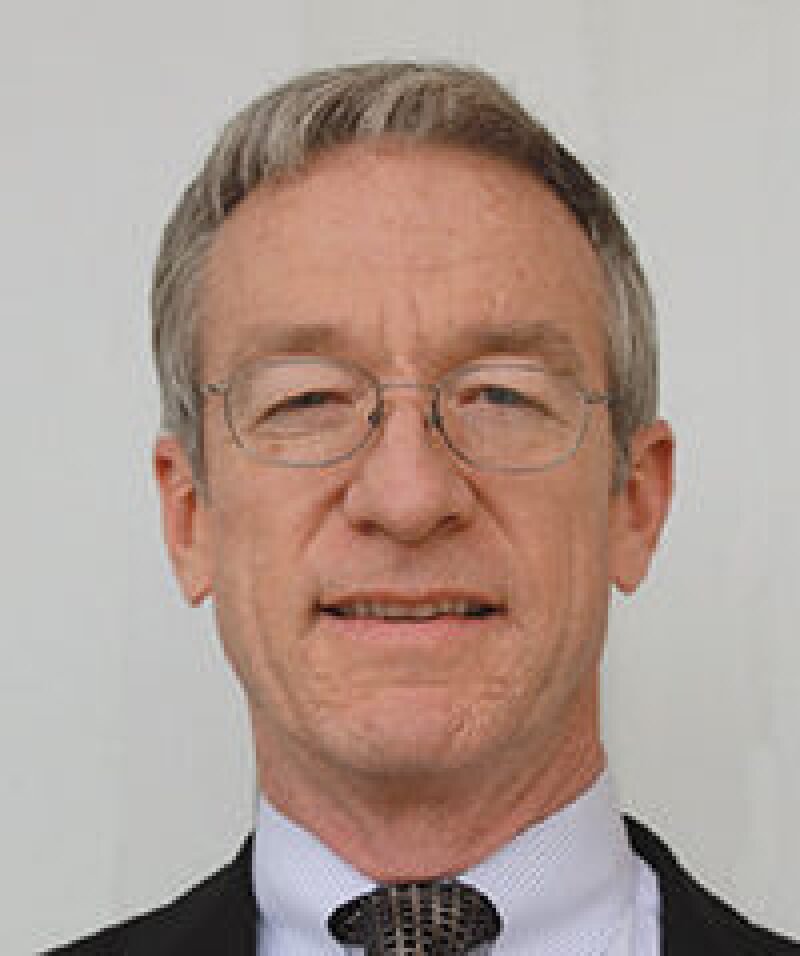I have been a witness to the evolution of drilling technology during the past 33 years, and being part of this industry has been a great privilege and an adventure. Nowhere else are these new and evolving technologies more accessible or better documented than in SPE media. In this Drilling Technology feature, a few example papers from recent industry events have been selected to highlight new ways extreme challenges are being addressed and solutions are being applied to deliver game-changing breakthroughs in the way wells are being delivered.
Geosteering of multilateral wellbores in mature reservoirs in Kuwait using geochemical analysis is an example of the kind of cross-discipline interaction that has become a hallmark of successful well delivery. Drilling engineers are dedicated as a part of the core team early in the project-planning phase. Here, Earth scientists and engineers develop effective communication and working relationships and become fluent in the languages of other disciplines.
As is often said, all of the easy reserves have been produced. Long gone are the days when low-risk, low-cost wells were drilled, completed, and put on production for a quick payout. Today, to extract value from complex reservoirs with ever-increasing cost and risk, using innovative techniques and new ideas is the name of the game. Seamless, multidiscipline work flows and imbedded integrated teams continue to present significant opportunities within the industry and will for many years to come.
The application of managed-pressure drilling (MPD) and underbalanced drilling (UBD) has evolved across the spectrum of offshore, onshore, new-field, and mature developments in recent years. Experienced teams report with increasing frequency that they were able to deliver wells and reserves using MPD/UBD that otherwise would have been undrillable. Considering the narrowing pore-pressure and fracture-gradient windows over the life of the field, with increasing depletion and reinjection, applications for these technologies are expected to continue to expand. Two related articles are featured showing dramatic geographic and well-type diversity: MPD offshore Vietnam and high-pressure/high-temperature UBD onshore US in the Marcellus shale. Two very different case histories share a common element: a departure from conventional drilling fluid, well control, and overbalanced drilling. A review of recent SPE papers and presentations at industry events indicates applications of MPD/UBD technologies are widespread. On the other hand, looking at the fields where these strategies have not yet been implemented, one gets the feeling that perhaps these are still early days.
Finally, evolution in drillstring design is detailed in a paper addressing recent technology advancements and practical considerations associated with extreme deepwater drilling applications. Once again, ever-increasing well complexity, depths, pressures, and temperatures demand new materials, new procedures, and aggressive innovation. Mechanical integrity and reliability under extreme static and dynamic loads will continue to dictate systematic design, manufacturing, and testing to deliver well objectives. These are but a small sample of the many excellent papers recently generated.
Additional Reading
SPE 166456 Newtonian Fluid in Cementing Operations in Deepwater Wells: Friend or Foe? by Polina Khalilova, Schlumberger, et al.
SPE 166166 Casing While Drilling Using Rotary-Steerable Technology in the Stag Field—Offshore Australia by Kyle S. Graves, Apache, et al.
OTC 24189 Taking the Proper Action to Gas Influx During Constant-Bottomhole-Pressure Technique of Managed-Pressure Drilling by Ali Karimi, The University of Tulsa, et al.
SPE/IADC 170550 Novel Lubricant/Bridging-Agent Combination Cures Differential-Sticking Problems in High-Pressured North Kuwait Wells by M.S. Al-Muhailan, Kuwait Oil Company, et al.

Mike Weatherl, SPE, is a deepwater consultant for Apache. He holds a degree in petroleum engineering from The University of Tulsa. Weatherl started his career as a production engineer with Chevron in New Orleans. Over the next 25 years, his career with Chevron included a variety of positions in production and drilling. Since 2004, Weatherl has worked primarily on deepwater projects, first as a drilling adviser at Chevron before moving over to Hess Corporation in November 2007. He is a board-certified professional engineer in Texas and a 25-year SPE member. Weatherl has authored several papers and has served as a technical editor for SPE Drilling & Completion. He is a member of the JPT Editorial Committee.

